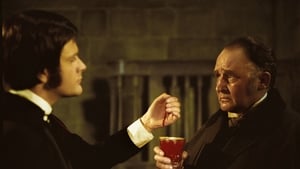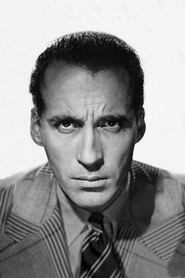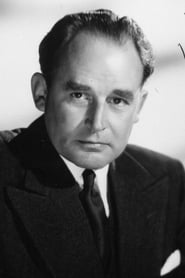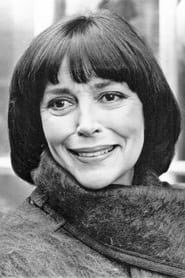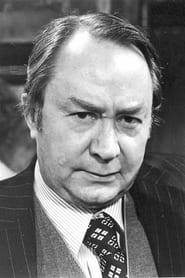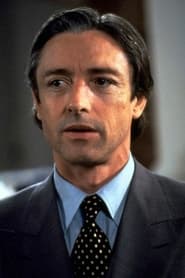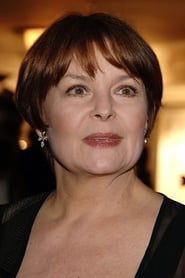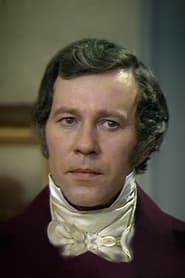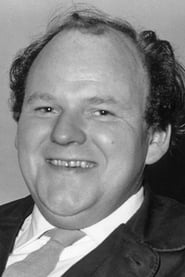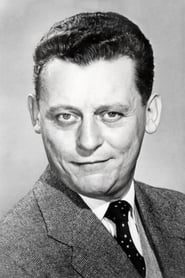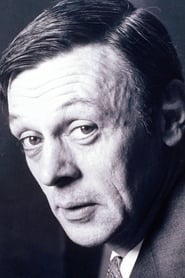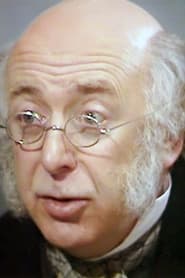Cast
View AllChristopher Lee
as Dracula
Geoffrey Keen
as William Hargood
Gwen Watford
as Martha Hargood
Linda Hayden
as Alice Hargood
Peter Sallis
as Samuel Paxton
Anthony Higgins
as Paul Paxton
Isla Blair
as Lucy Paxton
John Carson
as Jonathon Secker
Martin Jarvis
as Jeremy Secker
Ralph Bates
as Lord Courtley
Roy Kinnear
as Weller
Michael Ripper
as Inspector Cobb
Russell Hunter
as Felix
Shirley Jaffe
as Betty, Hargood's Maid
Keith Marsh
as Father
Crew
Director
- Peter Sasdy
Writer
- Anthony Hinds
Producer
- Aida Young
Reviews
John Chard
They have destroyed my servant. They will be destroyed...
Taste the Blood of Dracula is directed by Peter Sasdy and written by Anthony Hinds (AKA: John Elder). Out of Hammer Film it stars Christopher Lee, Geoffrey Keen, Peter Sallis, Linda Hayden, Gwen Watford and Ralph Bates. Music is by James Bernard and cinematography by Arthur Grant.
Trawling through all the sequels of Hammer's Frankenstein and Dracula series it becomes apparent that opinions differ greatly, a case in point is this, the fifth of the Dracula cycle. For her we have a Dracula film thought of very highly in some quarters, most notably in one of the Hammer Films' lauded literary bibles, myself, like the other 50% of Hammer film fans, just don't see that at all.
Famously it's the Drac film where Christopher Lee had to be greatly coerced into reprising the role of the blood sucking count, financial rewards doth talk it seems. His apprehension with script and stale feelings were well grounded, with the final result begging the question as to how bad was the script before Lee's intervention?
Story has three upstanding English gentlemen showing themselves to be model pillars of society by day, good stern parents/husbands and all that, but by night they are purveyors of a different sordid lifestyle, kind of like members of the naughty Hellfire Club! When decadent dandy Lord Courtley (Bates) offers then something tantalisingly more dangerous, they indulge and it results in murder and the rebirth of Count Dracula.
After a neat opening which tags onto the ending of Dracula Has Risen from the Grave, we find Dracula once again on a daft revenge mission, being a bit part once again in a film bearing his name, and saddled with minimal lines that really aren't worth a suck of the neck. Some striking sequences apart (Dracula birth - bloody retributions etc) the film feels like a confused blend of ideas. On one hand it's taking a caustic peak behind the curtain of upper crust Victorian England, on the other it tries to be a period based revenger fronted by the iconic beast of the title.
Under Sasdy's direction the look has been stripped back from the Gothic colourful splendour of previous Dracula entries, in place is a more earthy approach, which isn't as appealing. Of course there's a so-so romance simmering away, plenty of heaving bosom and blood shot eyes, and Bernard's musical score hangs around like a moody step-father. Which leaves us with a Hammer Dracula that's not bad at all, it's just ordinary and not all it can be, where they shoehorned Dracula into what is in truth a serial killer like revenge picture. 6/10
Nov 18, 2017
Wuchak
_**Dracula takes on members of the Hellfire Club (sort of)**_
Hammer did nine Dracula or vampire films from 1958 to 1974 as follows:
Horror of Dracula (1958); The Brides of Dracula (1960); Dracula: Prince of Darkness (1966); Dracula Has Risen from the Grave (1968); Taste the Blood of Dracula (1969); Scars of Dracula (1970); Dracula AD 1972 (1972); The Satanic Rites of Dracula (1973); and The Legend of the 7 Golden Vampires (1974).
While "Taste the Blood of Dracula" has a kick-axx first act, a highlight of the series, the remaining hour is rather run-of-the-mill and flawed.
The most intriguing aspect of the story is "the circle" of three Affluent British thrill-seekers. Once a month they secretly meet together to taste of life's taboo activities. Enter Lord Courtley, an Aleister Crowley-like servant of darkness. Ralph Bate's performance as Courtley is one of the highlights of the film; he's utterly twisted, diabolic, maniacal, self-centered and arrogant, a great character to love to hate! Courtley offers the ultimate fiendish thrill to the circle of friends.
Geoffrey Keen plays the hypocritical William Hargood, who puts up the pretense of being a respectable, church-going aristocrat. Meanwhile his ill-treatment of his sweet, beautiful daughter Alice, played by Linda Hayden, is infuriating and reprehensible. It also proves that he's a counterfeit.
The sequence where Courtley and the circle of three 'taste the blood of Dracula' is ingenious, not to mention horrific. Commendations to screenwriter Anthony Hinds!
"Taste the Blood of Dracula" is lush in Gothic atmosphere, plus the set-up of the story is engrossing and refreshingly innovative.
There are a couple problems though. It's kinda hard to buy Dracula's vengeful attitude toward the murder of his supposed servant (Courtley). Isn't Dracula the Prince of EVIL? Why would he care about Courtley? Wasn't Courtley's death the necessary catalyst to the Count's resurrection? Isn't Dracula a use-em-and-leave-em type of guy? (which he does with others in the story). Then again, maybe it's an issue of pride and isn't Dracula a servant of the devil, whose downfall was his great arrogance?
Also, maybe I'm not up on my 60's/70's vampire lore, but why did Dracula fail to convert Alice to the ranks of the undead? He obviously mesmerizes her to do his bidding, yet he fails to ever taste of her sweet blood (although he attempts to at the end). By contrast he converts Alice's friend right away. This doesn't make sense. It also doesn't make sense that he sucks the blood of a vampire at one point, which kills the creature. I didn't know vampires could feed off the non-blood of fellow vampires.
The film runs 1 hour, 31 minutes, and was shot at Elstree Studios, which is just north of London, as well as areas nearby, like Aldenham Country Park, Highgate Cemetery, Tykes Water Lake and St Andrew's Church.
GRADE: B
Jul 16, 2021
Thematic Analysis
This Horror film explores themes of fear and survival, delving into the psychological aspects of human nature when confronted with the unknown. Taste the Blood of Dracula presents a unique perspective on the horror genre by focusing on the psychological terror rather than relying on typical jump scares.
Director Peter Sasdy brings their distinctive visual style to this film, continuing their exploration of themes seen in their previous works while adding new elements. Their approach to pacing and visual storytelling creates a viewing experience that rewards close attention.
Released in 1970, the film exists within a cultural context that now offers viewers historical perspective on the social issues of that era. Its reception demonstrates the diverse reactions to its artistic choices and its place in cinema history.
Did You Know?
- The production of Taste the Blood of Dracula took approximately 18 months from pre-production to final cut.
- The final cut of the film runs for 95 minutes, though the director's initial assembly was reportedly 134 minutes long.
- Several scenes were filmed in multiple locations to capture the perfect setting.
- The musical score contains over 68 unique compositions.
- The screenplay went through 7 major revisions before the final shooting script was approved.
Historical Context
- In 1970, when this film was released:
- Disco music dominated popular culture.
- The Watergate scandal changed public perception of political institutions.
- The film industry was dominated by major studios, with independent cinema still in its early development.
How This Film Stands Out
While Taste the Blood of Dracula shares thematic elements with other films in its genre, it distinguishes itself through its unique approach to storytelling, visual style, and character development.
Unlike Aakashaganga 2, which focuses more on action than character development, Taste the Blood of Dracula subverts genre expectations by exploring its themes with greater nuance.
While films like Bloodsuckers and Cursed explore similar territory, Taste the Blood of Dracula stands apart through its distinctive directorial vision and pacing.
This film's unique contribution to cinema lies in its bold artistic choices and willingness to challenge viewer expectations, making it a valuable addition to its genre.
Details
- Release Date: May 7, 1970
- Runtime: 1h 35m
